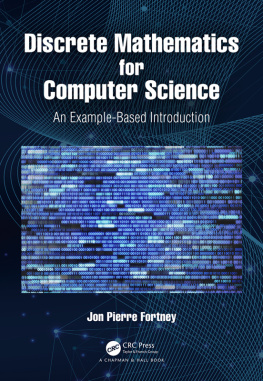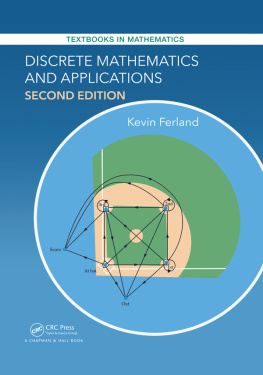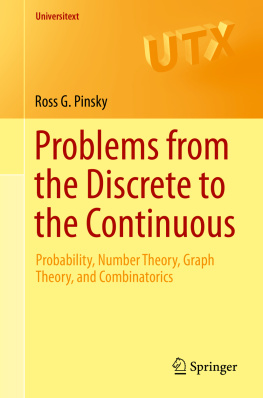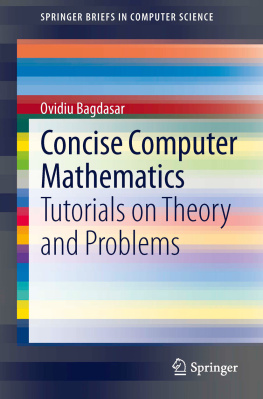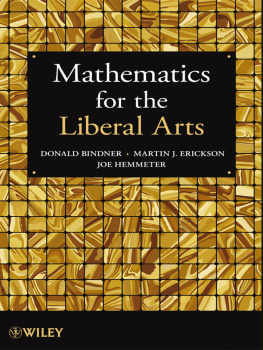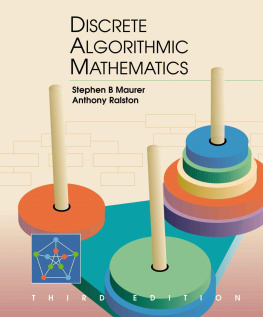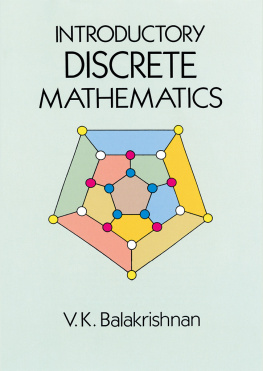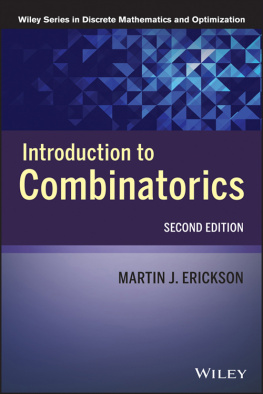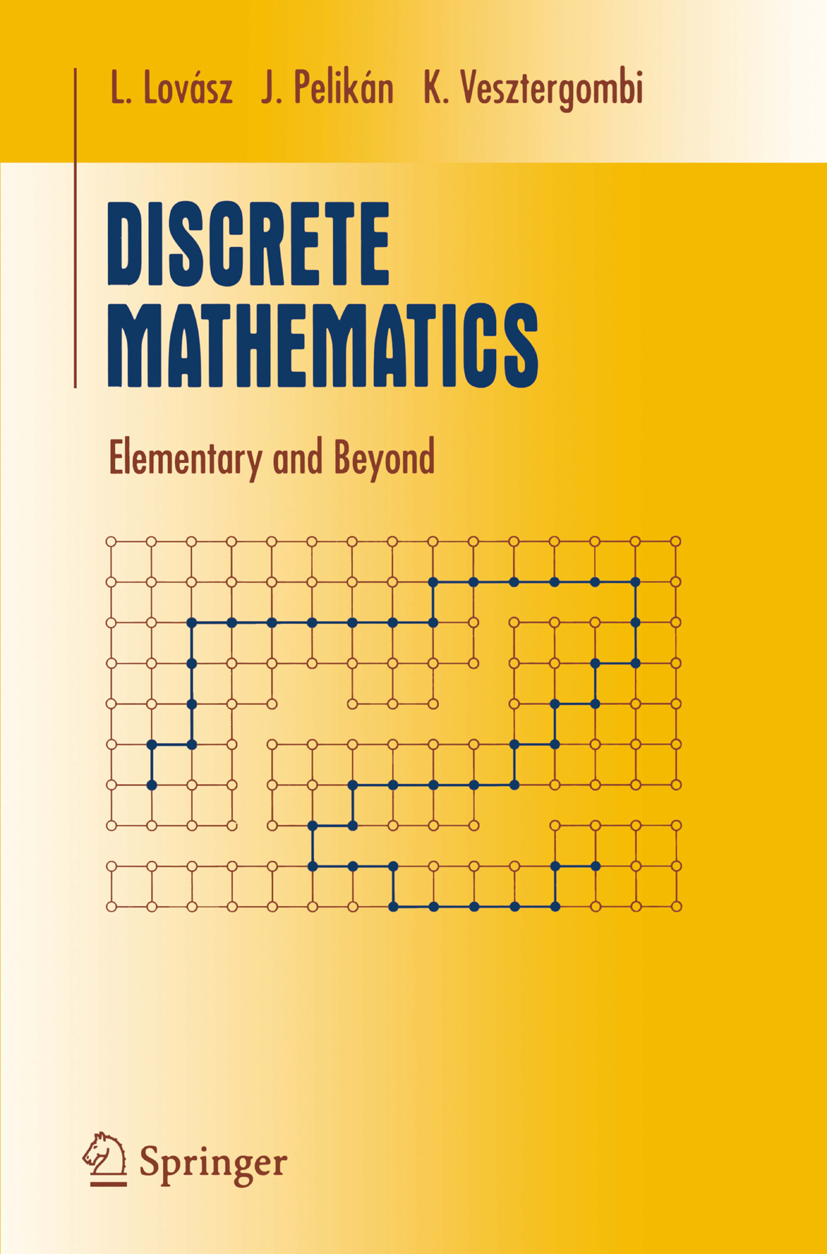For most students, the first and often only course in college mathematics is calculus. It is true that calculus is the single most important field of mathematics, whose emergence in the seventeenth century signaled the birth of modern mathematics and was the key to the successful applications of mathematics in the sciences and engineering.
But calculus (or analysis) is also very technical. It takes a lot of work even to introduce its fundamental notions like continuity and the derivative (after all, it took two centuries just to develop the proper definition of these notions). To get a feeling for the power of its methods, say by describing one of its important applications in detail, takes years of study.
If you want to become a mathematician, computer scientist, or engineer, this investment is necessary. But if your goal is to develop a feeling for what mathematics is all about, where mathematical methods can be helpful, and what kinds of questions do mathematicians work on, you may want to look for the answer in some other fields of mathematics.
There are many success stories of applied mathematics outside calculus. A recent hot topic is mathematical cryptography, which is based on number theory (the study of the positive integers 1, 2, 3, ...), and is widely applied, for example, in computer security and electronic banking. Other important areas in applied mathematics are linear programming, coding theory, and the theory of computing. The mathematical content in these applications is collectively called discrete mathematics . (The word discrete is used in the sense of separated from each other, the opposite of continuous; it is also often used in the more restrictive sense of finite. The more everyday version of this word, meaning circumspect, is spelled discreet.)
The aim of this book is not to cover discrete mathematics in depth (it should be clear from the description above that such a task would be ill-defined and impossible anyway). Rather, we discuss a number of selected results and methods, mostly from the areas of combinatorics and graph theory, with a little elementary number theory, probability, and combinatorial geometry.
It is important to realize that there is no mathematics without proofs . Merely stating the facts, without saying something about why these facts are valid, would be terribly far from the spirit of mathematics and would make it impossible to give any idea about how it works. Thus, wherever possible, we will give the proofs of the theorems we state. Sometimes this is not possible; quite simple, elementary facts can be extremely difficult to prove, and some such proofs may take advanced courses to go through. In these cases, we will at least state that the proof is highly technical and goes beyond the scope of this book.
Another important ingredient of mathematics is problem solving . You wont be able to learn any mathematics without dirtying your hands and trying out the ideas you learn about in the solution of problems. To some, this may sound frightening, but in fact, most people pursue this type of activity almost every day: Everybody who plays a game of chess or solves a puzzle is solving discrete mathematical problems. The reader is strongly advised to answer the questions posed in the text and to go through the problems at the end of each chapter of this book. Treat it as puzzle solving, and if you find that some idea that you came up with in the solution plays some role later, be satisfied that you are beginning to get the essence of how mathematics develops.
We hope that we can illustrate that mathematics is a building, where results are built on earlier results, often going back to the great Greek mathematicians; that mathematics is alive, with more new ideas and more pressing unsolved problems than ever; and that mathematics is also an art, where the beauty of ideas and methods is as important as their difficulty or applicability.
Lszl Lovsz
Jzsef Pelikn
Katalin Vesztergombi

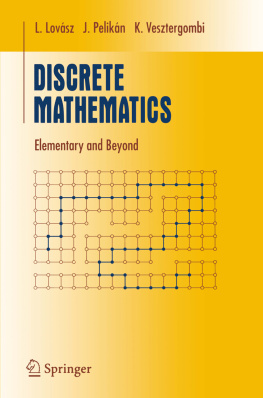
![Sergei Kurgalin [Сергей Кургалин] - The Discrete Math Workbook: A Companion Manual Using Python, 2nd Edition](/uploads/posts/book/307629/thumbs/sergei-kurgalin-s-k.jpg)
